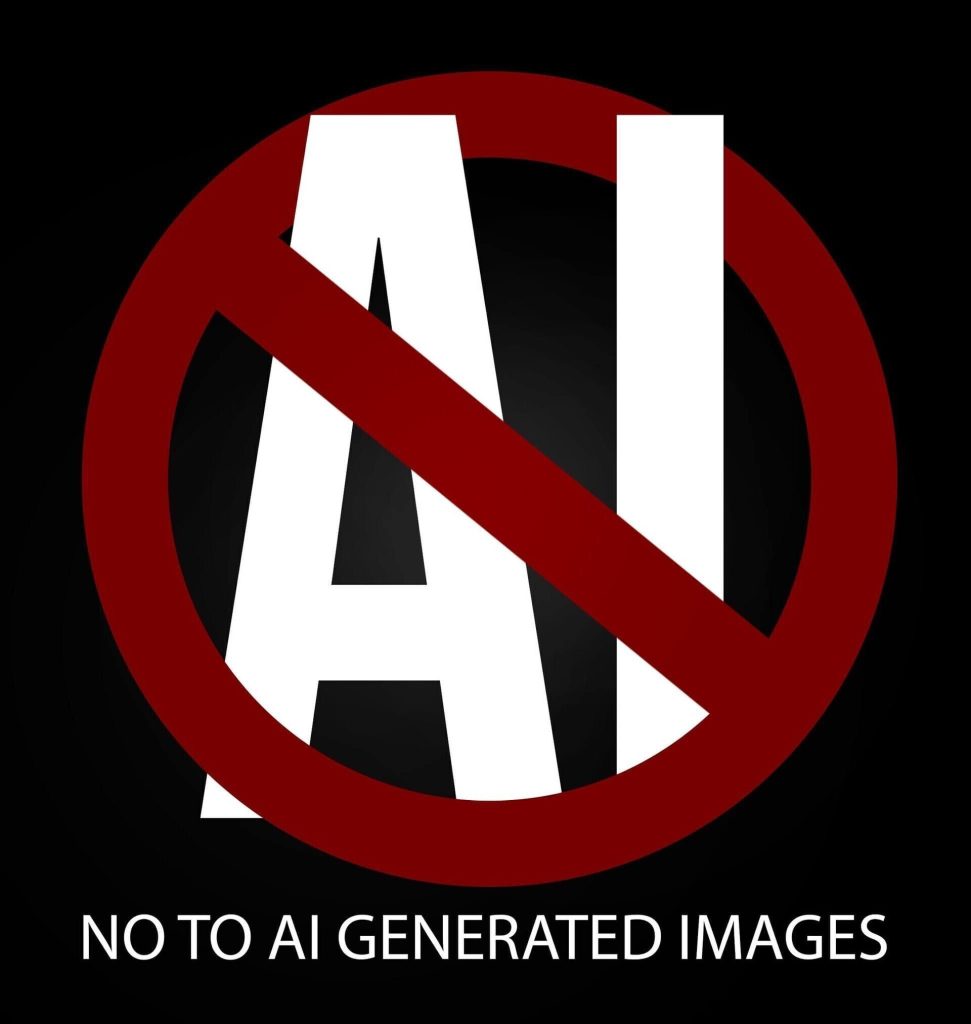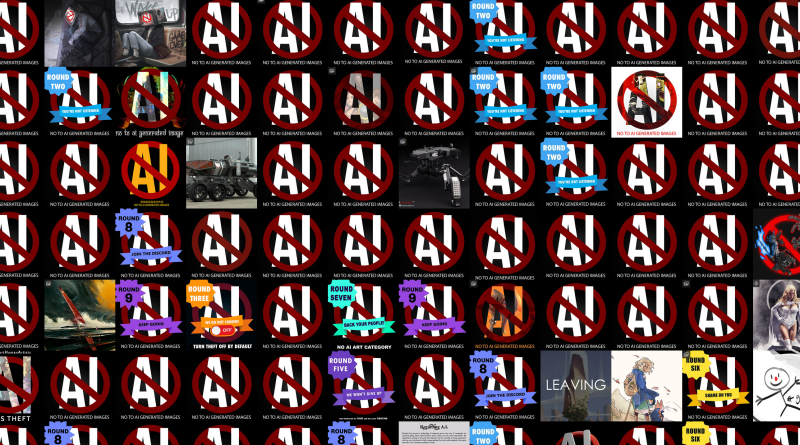The controversy and legality of AI art
You might be surprised to hear the shady foundation that AI art programs are built on.

There has been a lot of talk in the digital art world revolving around the use and misuse of generative AI tools. Programs such as Midjourney or Stable Diffusion can be a useful tool for artists to use, but it seems there’s a large community of users who use these applications to create seemingly original pieces. The controversy that surrounds these programs stem from where they pull their images from, bringing about a slew of copyright and privacy concerns.
The Stable Diffusion app is one of many text-based image generators that uses an online database of photos, images, and artwork to synthesize an image based on what you write. You can put any words in to generate your images, and frequent users of the site have gotten their prompts down to a science. AI artists know what to type in order to get the beautiful art they want, but them using prompts like “in the style of X artist” or “trending on ArtStation” end up directly stealing copyrighted work.
It is important we view AI art from a legal perspective, looking towards copyright and fair use laws. The US copyright office states four main factors of fair use: the purpose of the work and whether or not it’s commercial, the nature of the work in regards to creative expression, the amount of the work that’s used and whether the work is negatively affected.
We can look to collages and how they’ve been handled as an excellent comparison. We know that collages need to be something more than a carbon copy, as artists should be held responsible for what they may bring to the table. Visionary artists can’t claim originality of their work in a way that harms or takes ownership from used copyrighted art.
It’s easy to draw similarities between collage work and AI art in their issues with copyright. There aren’t many visionary artists that are trying to sell their artwork, and the pieces they use can often be free-use due to the fact that copyright expires after about 70 years. For AI, the copyrighted work they use is far more current, and these automatic acts of thievery often go completely unnoticed. The value of this comparison has not gone unnoticed, as lawsuits have been filed from several companies and artists.
Getty Images, which is one of the most popular royalty-free stock photo websites, is suing the company behind Stable Diffusion for illegally using their copyright-protected images. Along with this, there are plenty of artists whose individual stories and experiences with AI art have caused them to enter the legal battle as well.
Kelly McKernan, an artist who’s spent years developing an online presence with her art, has had her work repeatedly used by AI artists since the very start of these programs.
She was quick to voice her disappointment, posting on Instagram that it “feels violating” and that “if artists can’t defend the use of their names and artwork, what have we got left?”
McKernan and a few others have gotten together for a class-action lawsuit against Stability AI, Midjourney and DeviantArt for the unethical use and copyright infringement of their respective AI programs.
There’s plenty of ways these lawsuits could go; one solution favored by many, is for AI companies to require permission from artists or image databases before allowing their programs to use them. If this were to happen, it would likely be a big dent in the AI art scene, as it would cause these companies to loosen their exploitative grip. We can expect some pushback from the companies involved, and will learn more about the legal specifics as time goes on.



